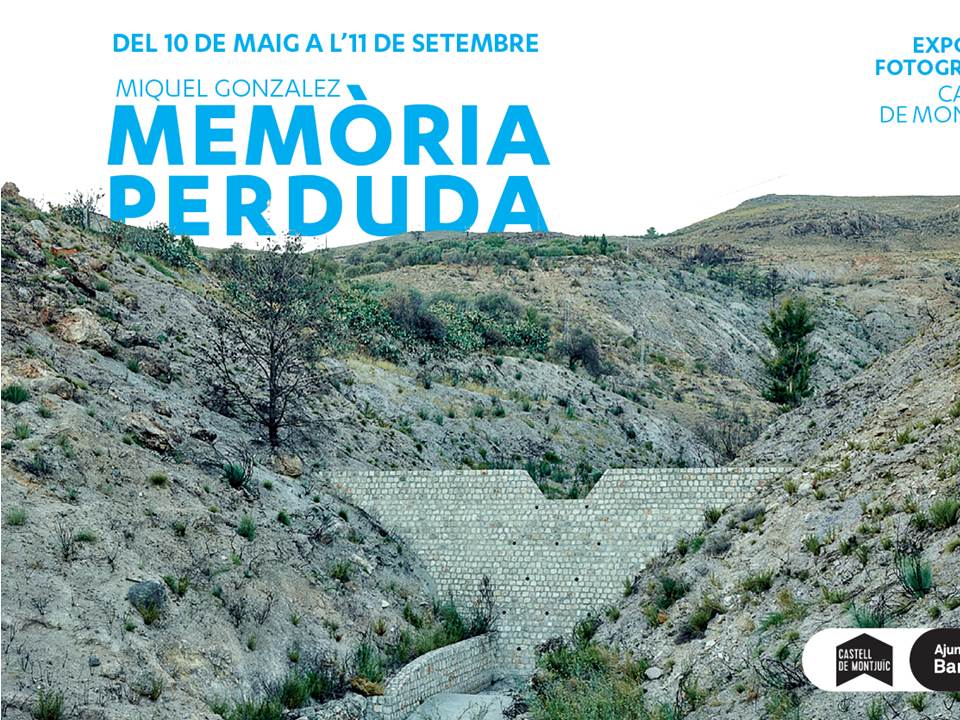Montjuïc Castle presents the photographic exhibition MEMÒRIA PERDUDA by the photographer from Barcelona, who lives and works in Holland, Miquel Gonzalez. The photographer has travelled the Iberian Peninsula with his camera capturing the locations of the common graves from the Spanish Civil War and the areas in which such atrocities took place and which have not yet been excavated or commemorated. Many of these places were lost as they were hidden under new roads or buildings, or simply disappeared without leaving any signs of its cruel past.
The bodies of 114,000 people "disappeared" during the Spanish Civil War (1936-1939) and the dictatorship of Franco (1939-1975) remain nowadays in common graves that were placed near river basins, on the outskirts of towns and villages, in gullies or clearings. During the Civil War, more than 200,000 civilians were killed on both sides, most of them far from the battlefields, in areas without resistance. Three-quarters of the victims, 150,000, were executed in Franco's territory and 20,000 were shot some weeks shortly after Franco's victory.
This absence of historical memory and the desire to find the truth led Miquel Gonzalez to investigate these scenes of violence and to photograph them. He wanted to get closer to the places where these barbarities were committed in the most neutral way possible and react without prejudice to everything that he found. He wanted that everything that could not be seen, the invisible past, would acquire the same importance as the present visible through these photographs; ask himself and others questions, rather than suggest answers.
The photographs of Miquel Gonzalez were taken at the location, time, day and season of the year as close as possible to when each atrocity took place. Most of the photographs were made between dusk and dawn, the best moments to "go for a walk" and to execute.
The emptiness and silence of these hours give the landscape a certain serenity, which contrasts with the horrors that took place. Although these spaces are full of traces of humanity, the fact that most shocked Miquel Gonzalez was the absence of people. It made him think about the victims and, in some way, he recovered its presence in the emptiness of the landscapes.


